Five Ways to Create a Relaxing Space in Your Home
November 10, 2021
Creating an environment that is relaxing can increase your productivity and overall health. Removing clutter, adding greenery and plants, using a neutral color palette, adding light, and displaying photos can help create a space that is calming and comfortable.
1. Remove clutter
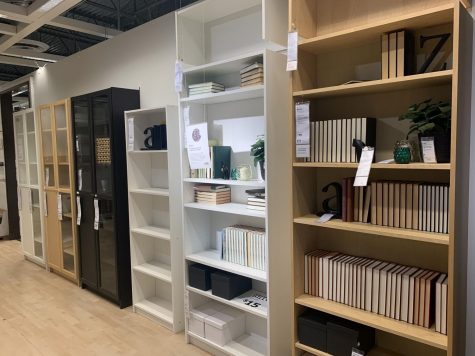
Not only do clean organized spaces look better, but they can also lower your cortisol levels which directly affects stress.
Stress on the body will stimulate hormones like cortisol to be released from the adrenal glands which are used to help the body deal with stressful scenarios. “The result is an increase in heart rate and energy as part of the fight-or-flight response. It’s your body’s way of preparing itself for potentially dangerous or harmful situations,” according to Healthline. The more clutter in a room, the higher the level of stimuli and cortisol levels.
Removing clutter is not about getting rid of the majority of your items, but it is rather about organizing your life. Cluttered workspaces can make an individual feel less motivated to work because the mind is distracted. When the environment where an individual works is not messy, it can help them stay balanced and without distractions, which allows them to focus on the work they want to get done.
This can help create room for new opportunities going forward when spaces are clean, which also allows for growth and a chance to move forward. Clutter can make it more difficult for your brain to process information, causing distractions, and can even lead to frustration. Decluttering is an easy way to stop extensive negative stimulation of the brain.
2. Add greenery and plants
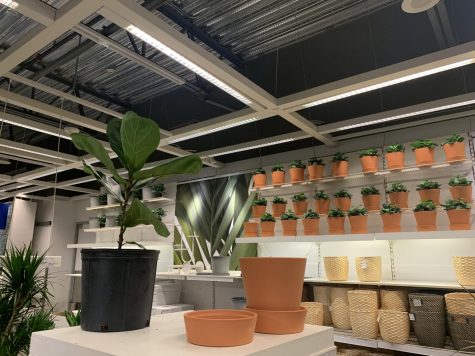
Green symbolizes nature and is useful to humans’ health. Many house plants produce oxygen and absorb carbon dioxide which removes harmful toxins from the air. Some individuals may also find that caring for plants can be a relaxing process.
Houseplants are an easy way to add a subtle green into a space. “Studies have proven that houseplants improve concentration and productivity (by up to 15%), reduce stress levels, and boost your mood,” according to NBC News.
This is because plants are most commonly found to be a green color, which is easy for the human eye to see because of how our eyes process wavelengths and translate those into color. As humans, we see three primary colors, red, green, and blue. The color green falls in the middle of the spectrum which is where our perception is its best. “Some scientists and researchers also believe that because our eyes are at the peak of their perception to detect the wavelengths corresponding with the color green, the shade may calm us down,” according to CNN News.
Due to its calming effect, green is found in places like hospitals, doctor’s offices, and schools. Also, performers will traditionally sit in what is called a green room before going on stage in order to calm their nerves before a performance.
House plants and greenery, due to their color, have less of a strain on the eyes, which calms the nervous system and allows the body to relax while viewing.
3. Use a neutral color palette
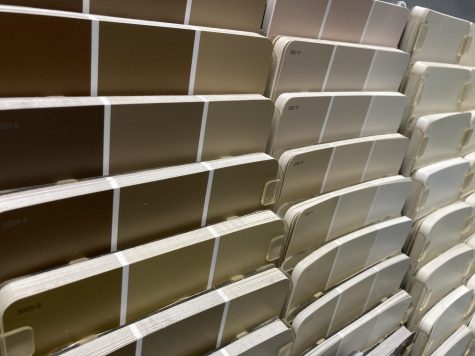
Many different colors combined in one space can cause distractions. But this can be solved by using a neutral color palette. These colors include natural hues like beige, gray, brown, cream, black, white, and other muted shades because they are visually relaxing and provide a background for other items or pieces in the space. This allows the eye to move around the room without any distractions.
That does not mean you shouldn’t incorporate your favorite color, but instead choose a pale or lighter version. For example, if your favorite color is pink, choose a shade that is muted like a pale pink rather than a hot pink.
4. Use light
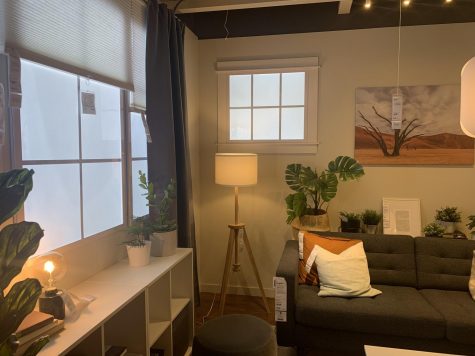
Lights are used in almost every room, but not every source of lighting promotes relaxation. For example, overhead lights are functional, but not the best option when trying to wind down after a long stressful day. Instead, a better option would be recessed lights because they create a warm dim glow that produces a calming effect.
Using exterior windows and natural light whenever possible is the most relaxing option. Another way to promote relaxation is using lights with a red tone, which are most successful for helping your body rest and fall asleep into a good sleep cycle. Candles and sunsets are an example of red-toned light sources. This is because warm light increases the production of the sleep hormone melatonin which helps your body slow down and rest.
5. Display photos
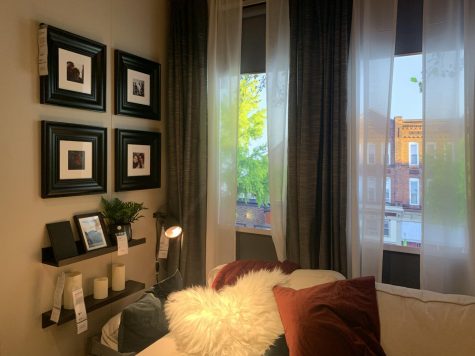
Decorating using photos of important people and memories in an individual’s life can provide a sense of comfort. Having images hung or set up on a surface can be a reminder of happy memories and promote a positive and encouraging atmosphere. Examples of pictures to display could be family, memories with friends, landscapes, favorite activities, or pets. This can help with relaxation and provide a sense of comfort in a space an individual is working in.




